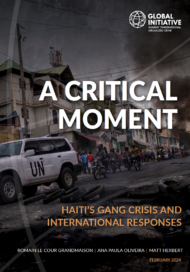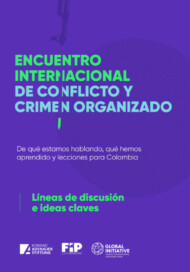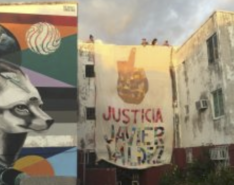Posted on 01 Jun 2016
By Juan Carlos Garzón-Vergara
Summary
Criminal and gang violence is believed to generate as much as a third of all homicides in the Western hemisphere. In some countries where collective violence is acute, this may well be true. But it is only part of the story. Organized crime groups can also reduce the extent of lethal violence in a given setting: they often regulate murder and violent crime. The extent to which such entities exert control is often in direct proportion to the relative fragility of state institutions. Where public authorities are unable to exert a monopoly over the use of force, criminal actors step in.
This Homicide Dispatch critically examines the relationships between organized crime and lethal violence. In the process, it shines a light on the challenges facing public authorities intent on fighting crime. Owing to the inherent weaknesses of many governments across Latin America, they have only limited ability to reduce homicidal violence. It is only by shoring up the state’s ability to guarantee fundamental rights that meaningful improvements will be possible.



